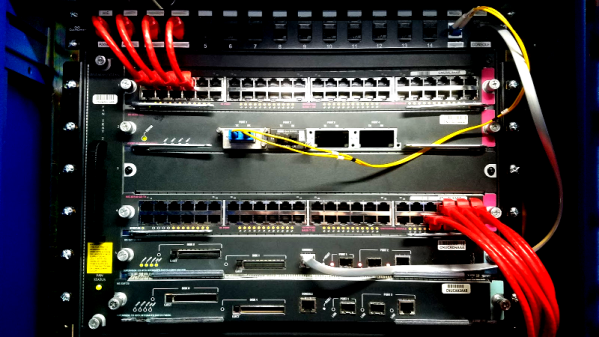When we first saw [Ben Jojo’s] post about the Internet inside EvE Online, we didn’t think we’d be that interested. We don’t play EvE — a massively multiplayer game. But it turns out, the post is really about understanding BGP (Border Gateway Protocol) and how it helps route traffic in large networks. The best part? He actually simulates a network with 8,000 nodes to test out what he’s talking about.
Obviously, you wouldn’t want to fire up 8,000 Raspberry Pi computers for such an experiment. Using Buildroot, he set up a very small Linux image that had the bare minimum required to run the tests. The qemu provided virtualization, including an obscure feature that allows you to transfer data between virtual machines using UDP. The whole thing ran on some pretty beefy hardware in the cloud. Sure, you could have provisioned 8,000 cloud instances, but that would run into some serious money pretty fast, we imagine. As a wrap-up, he even uses BGP to model his local mass transit system.













